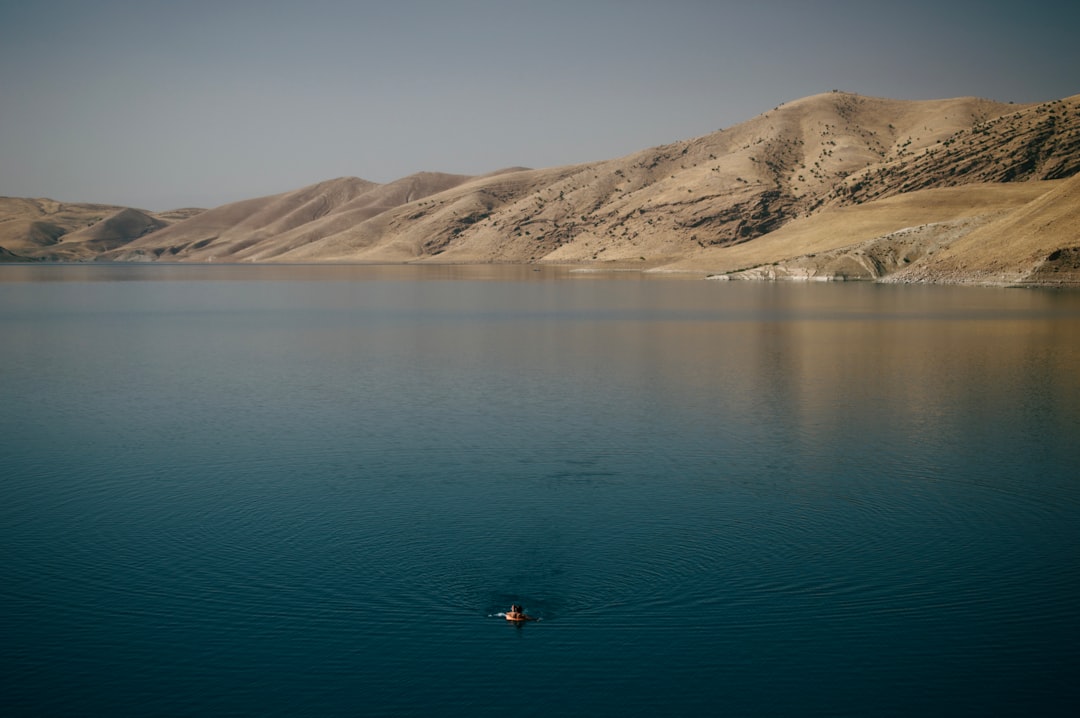What is it about?
This is the first study that uses a large rainfall dataset (492 rain gauges) and a 30-year period to provide a comprehensive analysis about the impacts of the MJO on regional and local scales over Northeast Brazil (NEB).
Featured Image
Why is it important?
We discuss the MJO impacts over NEB for all four seasons, providing the magnitude and signs of the rainfall anomalies for each season and MJO phase. The results based on this large number of stations provide a detailed analysis of local impacts of the MJO on precipitation over NEB that are important for water management and decision-making process in areas with water stress.
Perspectives
Our analysis provides information of when and where the MJO has statistically significant impacts on NEB’s rainfall. These results are extremely useful not only with respect to the scientific contribution they represent but also regarding local subseasonal forecast. The forecast about formation, propagation and phases of the MJO are routinely provided by the “Climate Prediction Center” among other centers of climate and weather prediction. These forecasts are analyzed by the centers of weather and climate forecast around the world, including Brazil. Results obtained in this article, which show the influence of phases of the MJO on the regionalization of the rainfall, can be useful for decision-makers. The MJO should be taken into account in any circumstance as a phenomenon that is able to modify the weather and induce extreme weather conditions in the studied region.
Dr Cati E A Valadão
UFRN
Read the Original
This page is a summary of: Impacts of the Madden-Julian oscillation on intraseasonal precipitation over Northeast Brazil, International Journal of Climatology, June 2016, Wiley,
DOI: 10.1002/joc.4818.
You can read the full text:
Contributors
The following have contributed to this page










